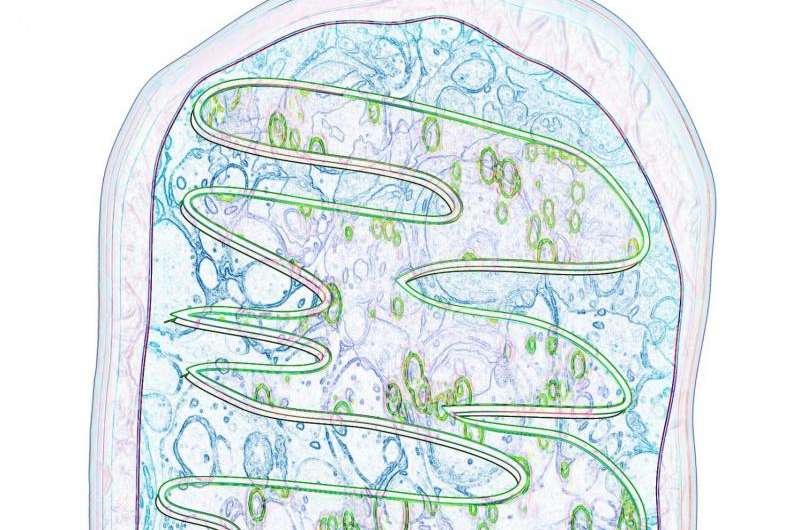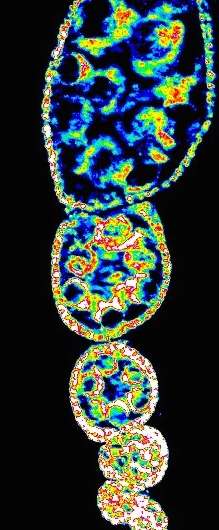To burn sugar or not to burn sugar: How eggs store fuel for embryo development

Reproduction is highly dependent on diet and the ability to use nutrients to grow and generate energy. This is clearly seen in women, who must provide all the nutritional building blocks required to support a growing embryo. As a result, metabolic diseases like diabetes and obesity are closely linked with several female reproductive disorders such as: Infertility, polycystic ovary syndrome, and ovarian cancer. However, the precise links between reproductive processes and metabolism remains poorly understood.
In a recent study, published in Cell, Carnegie's Matthew Sieber, Michael Thomsen, and Allan Spradling use the fruit fly as a system to dissect the links between metabolism and the development of eggs. As eggs, also known as oocytes, enter the final stages of development, they accumulate large amounts of proteins, lipids and sugars in order to fuel the embryo after fertilization. The Spradling lab was able to identify a functional and biochemical change in the developing oocytes that induces carbohydrate storage.
Mitochondria are the structures within cells that convert nutrients, such as sugar, into energy that fuels the cell, allowing it to function and grow. Sieber, Thomsen, and Spradling found that during the final stages of oocyte development, insulin signaling is inactivated in oocytes, causing a fundamental change in the biochemical properties of the mitochondria and a reduction in mitochondrial activity. This change in mitochondrial function leads to a build-up of sugars in the oocyte. As a result, these sugars can then be used after fertilization to fuel the developing embryo.

Their findings are consistent with previous observations that show mammalian oocytes also display low levels of mitochondrial activity, suggesting similar changes in mitochondrial function and sugar storage may be an essential aspect of oocyte production in many species.
"We believe our findings are directly applicable to understanding human infertility," Spradling said. "Polycystic ovary syndrome is the leading cause of female infertility and it is strongly associated with diabetes and insulin resistance, which suggests that defects in the metabolic aspects of oocyte maturation may be the underlying source of the disorder."
Furthermore, the Spradling team believes that mitochondrial defects during oocyte development may contribute to oocytes that fail during in vitro fertilization treatment (IVF), although further research is required.
Journal information: Cell
Provided by Carnegie Institution for Science


















